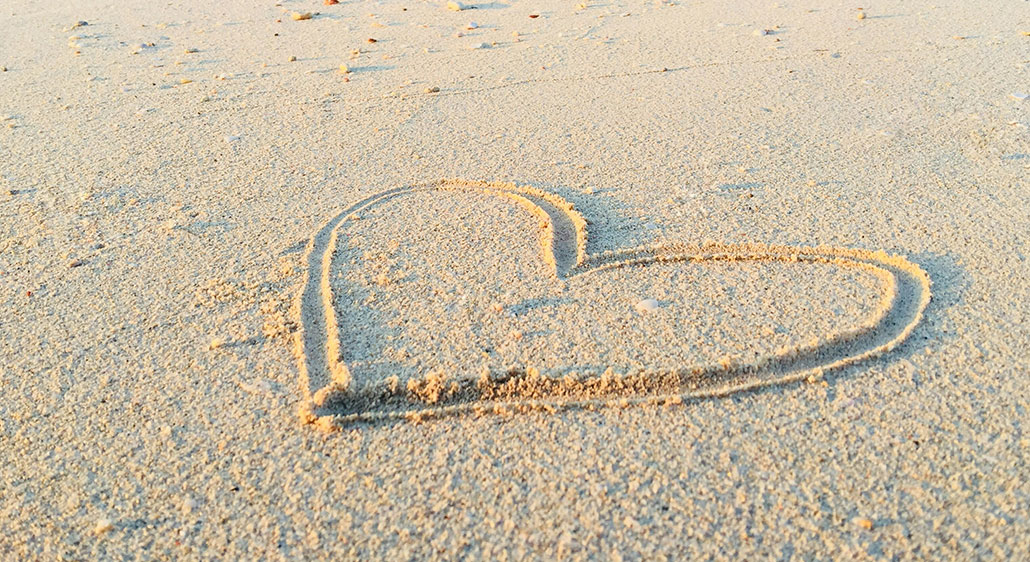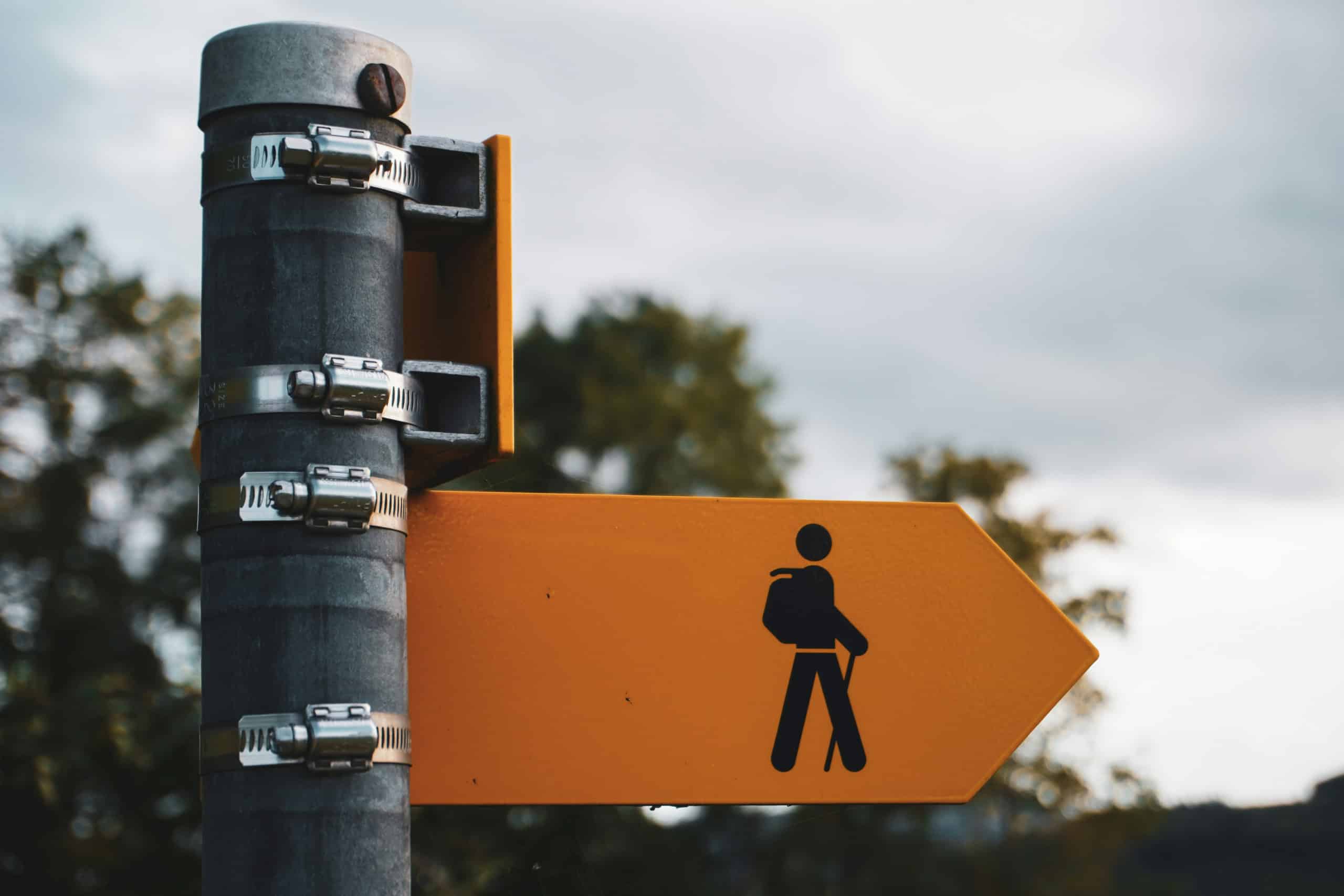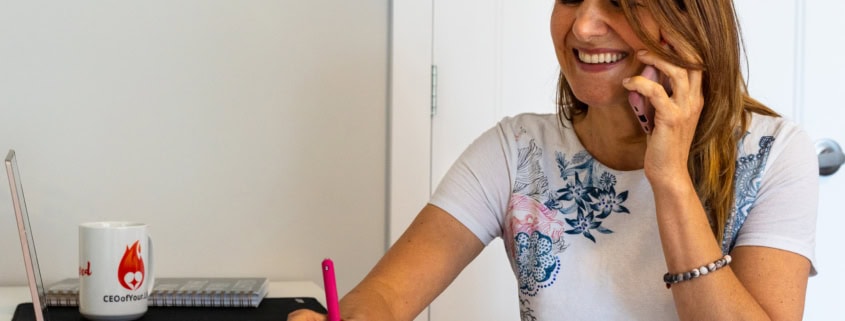The Energy Stewardship Practice of Heart-Centered Leaders
|
Getting your Trinity Audio player ready...
|
The Energy Stewardship Practice of Heart-Centered Leaders
Leadership today requires more than expert strategy and masterful execution.
It also demands presence, clarity, and sustainable energy — and yet, so many high-performing leaders are running on empty.
It’s rarely the work alone that exhausts us — it’s the stress, pressure, expectations, and near-constant unpredictability.
“You don’t get burned out because of what you do. You get burned out because you forget why you do it.”
— Oprah Winfrey
These added strains can disconnect leaders from their WHY — the deeper purpose that fuels them. In particular, leaders driven by purpose, compassion, and a desire to uplift others seem most at risk for running on empty. In striving to do it all, they’re missing a key measurement: return on energy.
I’ve seen this pattern countless times with clients, and I’ve lived it myself, having hit burnout more than once. Each time, I came out with a deeper understanding that protecting energy isn’t optional. It’s essential. If I want to lead with clarity, impact, and heart, I need a sustainable approach to my own energy.

Recognizing the Energy Drain
Leaders often tell me things like:
- “No one seems to have clarity on direction. Not knowing and trying to figure it out is so tiring.”
- “Trying to make more cuts when we’re already bare bones is taking everything from me.”
- “My team is growing/changing and lately we need to restructure every few months.”
- “Everyone needs something from me.”
- “My parents are aging and need more support.”
- “My kids need me in bigger ways.”
- “I want to give everything to everyone — and I also just need to lie on the couch and rest.”
Does any of this sound familiar? If it does, I hear you. And you’re not alone.
What if there was another way? A way to lead powerfully, compassionately, and sustainably?

Enter: Sustainable Energy Stewardship
This isn’t just about wellness or productivity. It’s about treating your energy like any other vital resource. It’s human sustainability.
Energy fuels decision-making, guides interactions, and impacts leadership effectiveness. It helps you stay calm in times of stress and bounce back from setbacks.
Sustainable energy stewardship means managing your personal energy with the same intention and clarity you give to your leadership. Knowing where your energy goes, what drains it, what refuels it, and making conscious choices to protect it, is about having the strategic clarity to use your energy sustainably, for the greatest possible impact.
Essentially, it’s a strategic alignment of your energy reserves with organizational objectives.
The fact is, you can’t lead through change if you’re constantly depleted.

3 Parts to Your Energy
It’s helpful to see energy in 3 key components:
- Body: Do you crash mid-afternoon or push through discomfort without acknowledging it?
- Mind: Are you slower to make decisions, or second-guessing what used to come easily?
- Inner Being: Are you snapping at others (or yourself) or feeling unusually disconnected?
Each component is interconnected. When you feel emotionally drained, your body feels it too. When you’re physically exhausted, you get “brain fog.” Recognizing and managing these energy flows is critical to leadership endurance.
Think of it as your personal synergy. When the components work well together, the sum – your energy output – is greater than the individual parts.
On the flipside, when one component is depleted, the others can only bridge the gap for so long. Bringing them back into synergy is the only truly sustainable approach.
Understanding Energy Flows
Try this exercise:
For three weeks, including weekends, journal daily – even if just for two minutes – on what fueled you and what drained you each day. Include your body, mind, and emotional state / inner being.
Don’t judge. Simply notice.
Over three weeks, patterns and insights will emerge. That awareness is a powerful first step — one that will guide your next leadership shift.
Remember, awareness comes first, then you can make informed decisions.
This awareness can also help identify warning signs of burnout early on, such as irritability, difficulty concentrating, and lack of motivation. These are warning signs that something needs to change.
Emotional Energy: The Hidden Drain
Most of us recognize the need for nourishment, sleep and movement. We also know we need mental stimulation and brain breaks to clear our heads.
But what about emotional energy? Many of us have never learned much about it, let alone how to regulate it. Yet, in many burnout cases, emotional depletion is at the heart.
What drains emotional energy? Here are just a few causes:
- Doom scrolling
- Overthinking
- Worrying about loved ones
- Financial stress
- Caregiving
- Being constantly needed
- Lack of support
- Interpersonal conflict
- Limiting beliefs
- GUILT
Of course you can’t simply stop worrying about loved ones, or just not stress about money. What you can do, however, is let yourself recognize how these things impact your energy.
That brings us to GUILT.
What usually happens when we start feeling bad about things like caregiving, or getting trapped in a doom scroll? Or if we try to protect our energy with boundaries or rest? We feel guilty! And GUILT is a powerful energy drain.
Simply notice emotional energy drains without judgment. When that darn guilt creeps in, send it packing.

Building Energy Resilience
Energy resilience isn’t about controlling external circumstances. It’s about shifting how you respond to them.
Leaders face a myriad of challenges every day. Maintaining energetic endurance is crucial to navigating them effectively – both in the moment, and with the bigger picture in focus.
Take Julie*, an executive leading a growing team in a high-pressure environment. Between restructuring cycles, aging parents, and the demands of home life, she felt like there was never enough of her to go around.
On the surface, Julie was a successful high-achiever, showing no signs of burnout. Behind that mask, however, she was silently running on fumes. She was exhausted and disconnected.
When we started working together, Julie felt stuck. She couldn’t change her circumstances, so we focused on what she could change: her energy regulation.
- She began taking calls while walking.
- She started cooking healthier meals a few times a week instead of ordering takeout.
- She listened to inspirational books on her way home to arrive in a lighter mood.
- She adopted a confidence-boosting life purpose statement for tough moments.
- She took deep breaths before meetings to reset, as well as throughout the day.
- She gave herself permission to release guilt and self-doubt, and to focus on what she DID complete during the day, and what she was proud of.
Letting go of guilt and self-doubt was a powerful turning point. It released so much emotional energy and made her other shifts more sustainable.
None of Julie’s external circumstances changed, but her energy did. By identifying energy leaks and adding replenishing habits, she built resilience, which had ripple effects throughout her personal and professional life.
*Name and details changed for confidentiality.

How Leaders Can Steward Their Energy – Without Losing Their Edge
Sustainable leadership isn’t about doing less. It’s about doing what matters most without losing yourself in the process.
Here’s what energy stewardship can look like:
✨ Check your energy before checking your calendar.
Before saying yes to that extra meeting or tighter deadline, ask yourself: Do I have the energy for this? If I say yes, what am I saying no to? Does this align with what’s most important right now? Energy is a leadership resource — treat it like one.
Some things we just have to do, even if our energy isn’t there. Asking yourself if it’s in alignment with what’s most important – your values and purpose, as well as personal and professional goals – can help prevent this from becoming a chronic drain.
✨ Stop glorifying exhaustion.
Rest is not a reward—it’s a requirement.
✨ Protect what fuels you.
Yoga? Quiet time? Friendship? Sleep? Connection? If it replenishes you, it isn’t a luxury–it’s a leadership essential, and it needs to be scheduled in your calendar.
✨ Reclaim energy leaks.
Worrying, overthinking, perfectionism, people-pleasing—these drain us more than we realize, and are all signs of saboteurs coming up. When you notice these voices peeping their heads, stop, take a deep breath and ask yourself, “What advice would my wiser future self give me right now?”
✨ Dig into anger.
Anger often masks fear, inadequacy, or shame. Uncovering the deeper emotion helps release energy drains. Take action by journaling, speaking to a coach or therapist, or burning the emotions.
✨ Avoid black and white thinking.
In challenging times, thinking can get rigid, and it blinds us to possibilities. When feeling stuck ask, “What else is possible?”
✨ Advocate for yourself with yourself.
Speak to yourself the way you would to a respected friend.
✨ Cut the noise. Focus on what matters.
Remember, it’s not about doing less, but about doing what matters without losing yourself. For a deeper dive, read about The Art of Non-Doing.

Why This Matters for Leaders Today
Heart-centered leaders give so much. While that’s part of what makes you a brilliant leader, it can also lead to burnout if it isn’t grounded in sustainable energy.
When you’re depleted:
- You lose clarity
- You react instead of respond
- Creativity and compassion shrink
When you’re nourished:
- You have more clarity
- You make better decisions
- You listen more deeply
- You bring a calm grounded energy into the room
- You model leadership with heart and resilience.

Protecting Your Energy Isn’t Indulgent – It’s Strategic
Energy stewardship is the key to leading with clarity, compassion, and endurance.
It’s about working smarter with your energy so your leadership can flourish.
So take the nap. Say no. Let the email wait. Dance in your kitchen. Steward your energy with care and intention.
The best leaders don’t just lead with strategy. They lead with heart. And they protect the power that makes it possible.
If you’re serious about showing up as your most effective, impactful self – your energy must come first. Let’s talk about how you can protect this most essential leadership asset. Connect With Us / Explore Speaking & Workshops.





